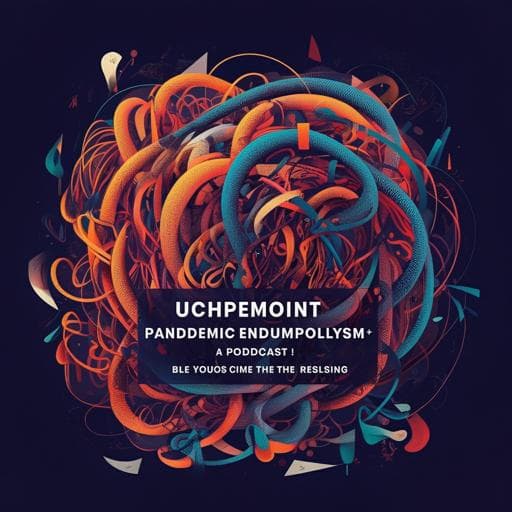
Social Work
News media in crisis: a sentiment and emotion analysis of US news articles on unemployment in the COVID-19 pandemic
L. Yu and L. Yang
This study, conducted by Lingli Yu and Ling Yang, explores how the *New York Times* portrayed pandemic-induced unemployment in 2020, revealing a more positive sentiment overall. Dominant emotions of trust and anticipation are evaluated while linking them to the pandemic's progression, policy responses, and racial inequality protests.
~3 min • Beginner • English
Related Publications
Explore these studies to deepen your understanding of the subject.







